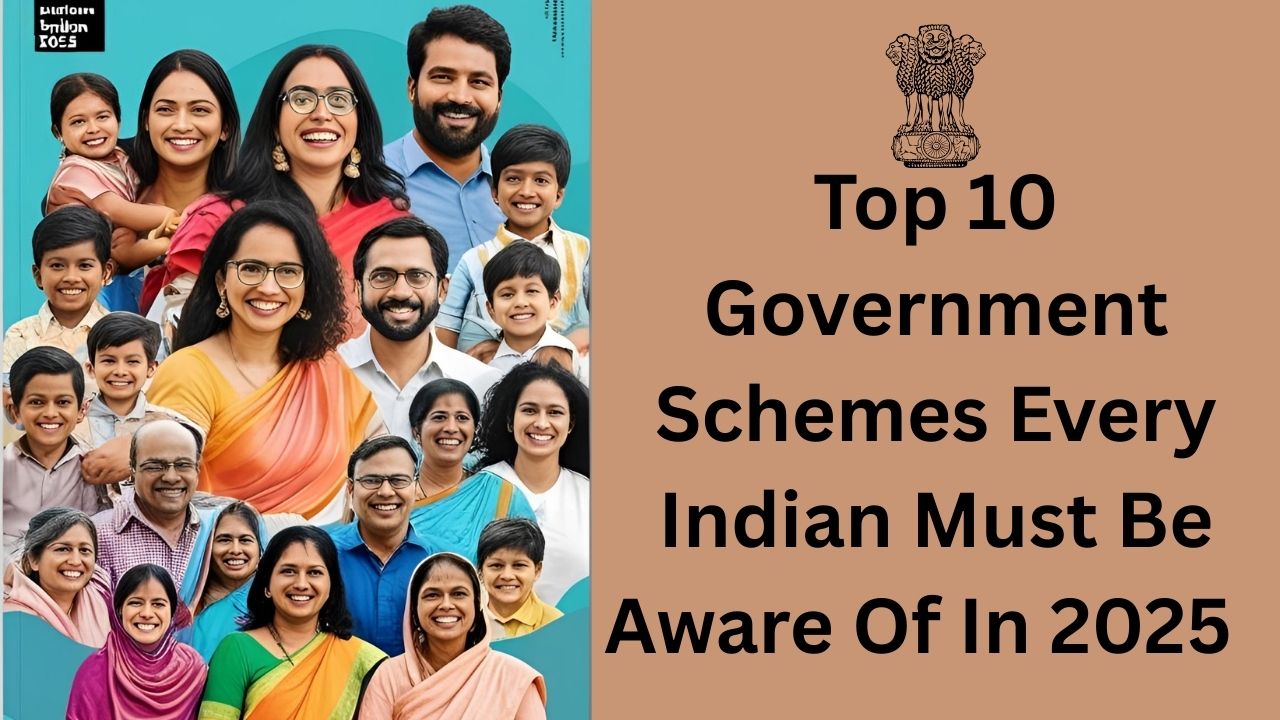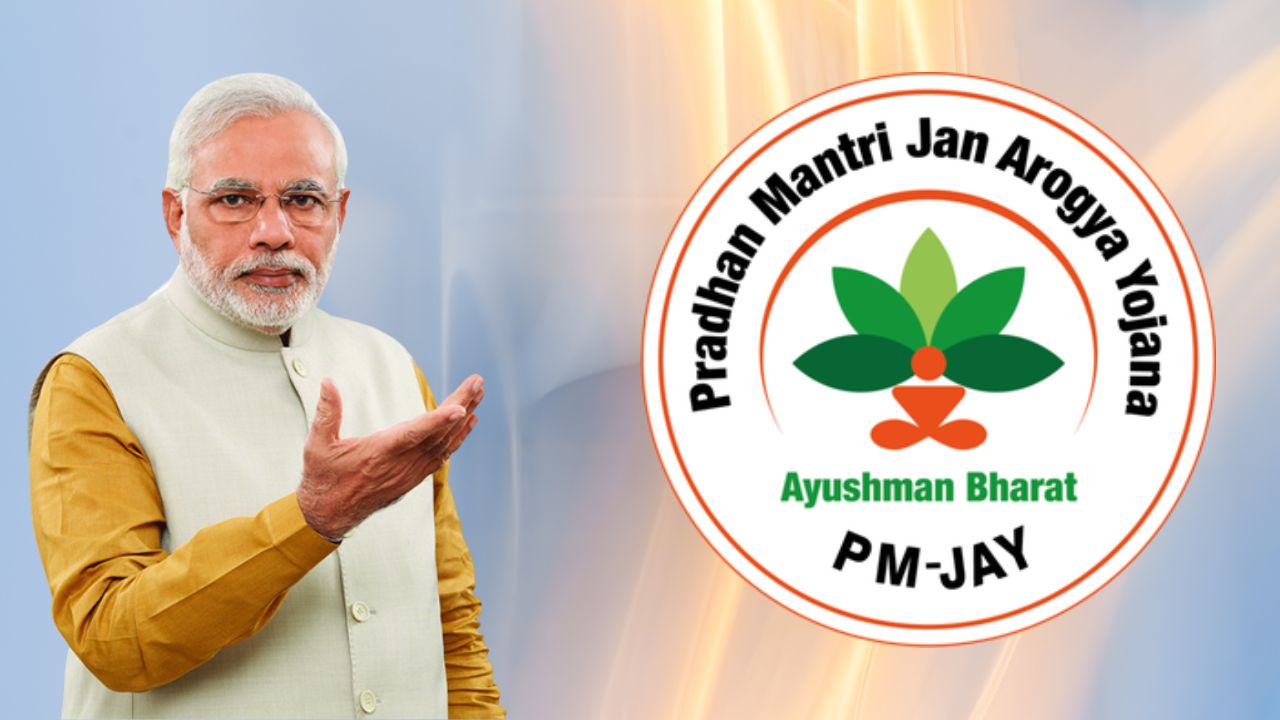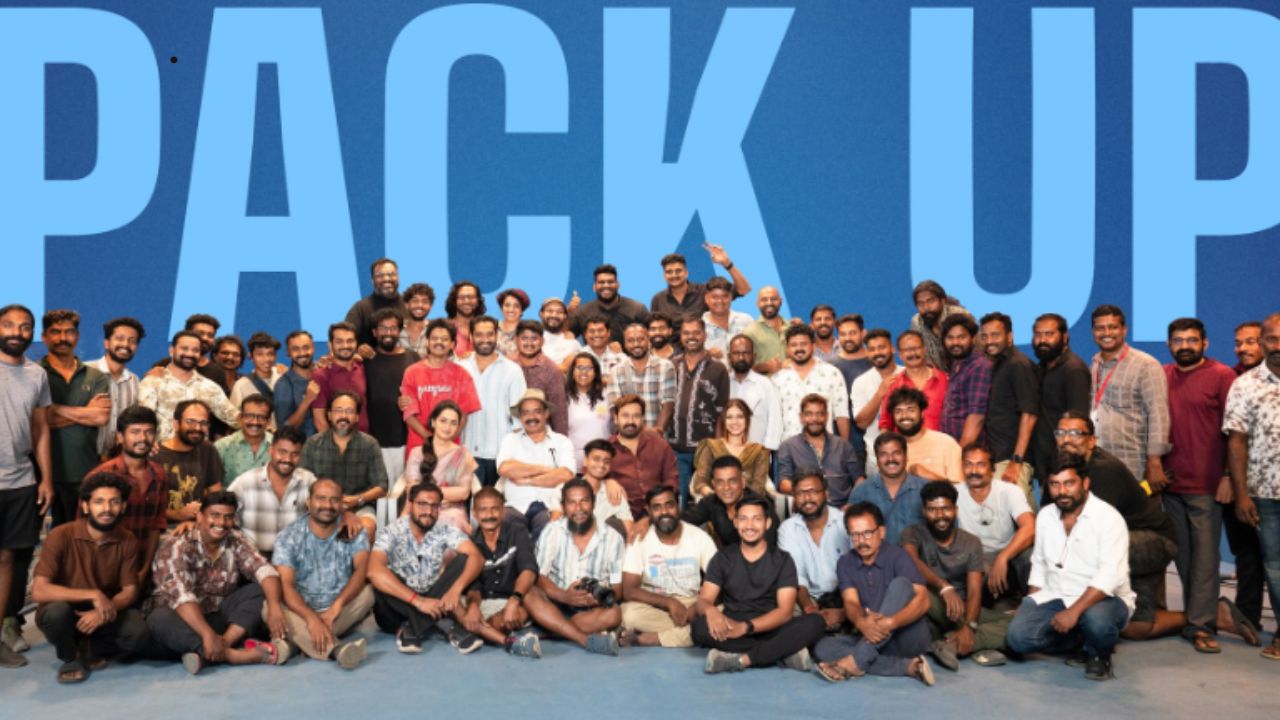In the purposeful stride toward holistic development and financial inclusion, the Government of India has introduced several sustained welfare and investment schemes to uplift citizens from every stratum of society. These schemes are intended to foster savings, extend protective umbrellas of social security, promote self-employment, and support marginalised and weaker sections. As we navigate through 2025, these initiatives will help every Indian make informed decisions on financial and social matters. Below are 10 government schemes that everyone should be aware of.
1. Public Provident Fund (PPF)
The Public Provident Fund, or PPF, is one of the country’s most reliable and popular long-term savings instruments. It has a lock period of 15 years and offers attractive tax-free interest rates paid every quarter. Under this scheme, individuals can invest a minimum of ₹500 and a maximum of ₹1.5 in a year, increasing investment access to a broader range. Moreover, the earned interest and maturity proceeds are fully tax-exempt, rendering PPF a powerful instrument for fortifying one’s financial future.
Many families consider PPFs as long-term investment options to prepare for their children’s education, marriage, or even retirement.
Eligibility Criteria:
- Must be an Indian citizen (adult or minor).
- A parent or guardian may open an account on behalf of a minor.
- NRIs and Hindu Undivided Families (HUF) are not eligible.
How to Apply:
Offline: Go to a specific bank branch or post office. Complete the PPF account opening form along with KYC documents (ID and address proof) and passport-size photos, and make the first deposit (minimum $500 and maximum of $1.5 lakh in a year).
Online: Go to your bank’s website or mobile app, log in to your internet or mobile banking, click on ‘Open a PPF Account,’ provide all necessary details, specify the deposit amount, and confirm by OTP. The account will be created instantly, and details will be sent through email or SMS.
Documents Required
- Fill out the PPF account application form.
- Provide an identification document and address proof (Aadhaar, PAN card, Voter ID, etc.)
- Submit two passport-sized photographs.
- Provide an initial deposit slip or cheque.
- In the case of minors, a birth certificate is necessary.
2. Sukanya Samriddhi Yojana (SSY)
The Sukanya Samriddhi Yojana is a savings scheme intended to secure the future of girl children. This was launched under the Beti Bachao Beti Padhao initiative. Parents or guardians can open an SSY account for girls below the age of 10 years and invest a maximum of ₹1.5 lakh annually. This scheme provides one of the highest interest rates among government-supported savings instruments. Additionally, it has tax advantages as per section 80C of the Income Tax Act. The account matures after 21 years or if the girl marries after turning 18. This scheme strengthens financial literacy and empowerment for girls.
Eligibility Criteria:
- Only a girl child under the age of 10 can be enrolled.
- One account per eligible girl and two accounts per family are permitted. Exceptions are made for twins and triplets.
- The participant has to be an Indian citizen residing in India.
How To Apply:
• Offline: Go to a post office or a designated bank. Fill in the SSY account opening form along with the child’s birth certificate, guardian’s KYC documents, and one photograph. Deposit the minimum required amount (₹250) and up to a maximum of ₹1.5 lakh per annum.
• Online: Check with your preferred bank to see if they offer the option to open an account online. Go to the bank’s webpage, provide the details, upload the required documents, and submit the minimum deposit.
Required Documents:
• SSY account opening form
• Birth certificate of the girl child
• KYC of the guardian (ID and address proof)
• Passport-sized photographs
• deposit slip or cheque
3. Atal Pension Yojana (APY)
The Atal Pension Yojana is directed towards individuals working in the unorganised sector, such as daily wage labourers, small traders, and farmers. It is a government-applied pension scheme where participants pay a small amount each month, which is cumulative to the desired pension payout after the age of 60, which can be between ₹1,000 and ₹5,000 monthly. The government co-contributes along with the subscriber contributing 50% of the subscriber’s contribution or ₹1,000 per annum, whichever is lower, for the first five years. APY aims to facilitate pension financial plans for elderly citizens who are otherwise unsupported by formal pension systems.
Eligibility Requirements:
• Citizens of India within the age limit of 18 to 40 years
• Must possess a savings bank account
• Not enrolled in any statutory social security scheme
Application Steps:
• You may visit your branch or apply via their online portal. Complete the APY registration form, submit Aadhaar and bank information, and choose the pension amount.
4. National Pension Scheme (NPS)
Available to all citizens of India from the age of 18 to 65, the National Pension Scheme is an optional defined-contribution scheme. It includes defined investment options in equities, corporate bonds, and government securities, allowing subscribers to customise their portfolios based on risk appetite. Investments made in NPS are also eligible for tax benefits under section 80CCD, and a portion of the fund can be accessed tax-free upon retirement. In light of the increasing life expectancy and cost of living, NPS has emerged as a favourable solution for those looking to fortify their retirement savings.
Eligibility Requirements:
• Citizens of India aged between 18 to 65 years
Application Procedures:
• Apply directly to the NPS Trust, banks, or other financial institutions that offer NPS services. Provide KYC documents and choose the investment options.
5. Kisan Vikas Patra (KVP)
Designed for small rural investors and savers, Kisan Vikas Patra is a savings certificate scheme that offers an easy way to double the amount in a fixed time of approximately 124 months. KVP certificates are available for purchase at post offices and are transferable. The scheme is straightforward and popular among conservative investors due to its no-market risk guarantee. Furthermore, the scheme incentivises rural households and farmers to adopt long-term savings habits.
Eligibility Criteria:
• Indian citizens above 18 years
• Guardians can buy them for minors.
How to Apply:
• Accessible through post offices and some banks, fill out the KVP application form, present KYC documents, and deposit the amount.
6. Senior Citizens Savings Scheme (SCSS)
With the Senior Citizens Savings Scheme (SCSS), persons over 60 years of age now have an opportunity to invest their money in an SCSS account, which provides better interest rates and helps generate good revenue. The SCSS account has a term of 5 years, followed by another three years of extension. The scheme is excellent for old pensioners since their investments payout value quarterly. Under SCSS, the deposits made are eligible for deductions under section 80C. However, the interest earned is liable to tax. Due to SCSS’s government support, this scheme has gained popularity compared to fixed deposits.
Eligibility Criteria:
• Indian nationals who have attained of 60 years
• Special categories of retirees aged between 55 to 60
How to Apply:
• Authorised banks and post offices grant SCSS accounts upon submission of age, identity proof, address, retirement documents, and other relevant proof.
7. Mahila Samman Savings Certificate
The Mahila Samman Savings Certificate seeks to empower women by providing a two-year fixed deposit scheme. The deposit provides good interest rates and is available solely for women account holders. This scheme promotes women’s financial literacy and aids in their efforts to secure their finances. Deposits can be made to any post office in the country. However, the interest earned on this savings account is taxable. This initiative is projected to improve the financial conditions of women, both in urban and rural areas.
Eligibility Criteria:
• Women and girls who are Indian citizens.
How to Apply:
• Visit any post office or bank offering the service, fill out the application form, and present the required KYC documents.
8. National Savings Certificate(NSC)
The National Savings Certificate is issued with a 5-year tenure, making it a fixed-income investment scheme. It also offers guaranteed returns which are eligible for tax exemptation under section 80C. For those who consider themselves conservative investors, this is a great low-risk investment. NSC certificates are also very accessible as they can be bought at any post office and are easily transferable. The interest earned is compounded annually. Although it cannot escape taxation, it serves those who wish to hold off on market exposure very well.
Eligibility Criteria:
• Adult and minor Indian nationals
How to Apply:
• Available through post office outlets upon completing the NSC application form, required KYC documents, and payment provisions.
9. Post Office Monthly Income Scheme (POMIS)
Due to the consistent monthly returns it offered, the Post Office Monthly Income Scheme gained great popularity with retired individuals and conservative investors. Whenever invested for five years, it offers a fixed interest rate that is paid back in monthly instalments. As is the case with all government schemes, the scheme guarantees the safety of the principal amount and the interest earned. Though the interest earned is taxable, POMIS is popular among those who want a consistent cash inflow without high risk.
Eligibility Criteria:
• Indian citizen(s), either through individual or joint accounts.
How to Apply:
• KYC documents and the required POMIS form must be submitted at a post office where the account is to be opened, along with the required initial deposit.
10. Dhan-Dhaanya Krishi Yojana by the Prime Minister
Launched with the Union Budget of 2025, Prime Minister Dhan-Dhaanya Krishi Yojana is an integrated agriculture development scheme for 1.7 crore farmers in 100 districts of India. Agricultural productivity and farmers’ incomes are expected to rise with increased adoption of technology, credit facilities, and market linkages. The scheme provides modern financial aid and high-tech farming support, thus improving yield and profit margins. This scheme will be instrumental in bolstering India’s rural economy and achieving food self-sufficiency.
Eligibility Criteria:
• Farmers of India from specified districts
How to Apply:
• Visit local agriculture offices or use government websites while possessing land and ID documents.
Importance of These Schemes
These schemes serve the most important needs, such as financial security, women’s empowerment, rural upliftment, and inclusion in the financial network. They serve millions of workers and poor people, especially in rural areas, providing them with safe, low-yield investment avenues and social security benefits.
By taking advantage of these plans, one can prepare for the financial future, guarantee income smoothly flowing in after retirement, and aid in the economic development of the country. Increasing access to local offices and digital means continues to be promoted, which is suitable for citizens looking to benefit from these programs.
How to Access These Schemes
Most of the schemes are located at post offices and banks, and in official government portals like the National Savings Institute and the Ministry of Finance websites. Consulting with licensed professionals is highly encouraged, alongside browsing official documentation to gain information regarding eligibility, benefits, and application procedures.
Understanding and utilising these government schemes can greatly improve the welfare and finances of families and individuals throughout India. As the country moves towards a more developed, inclusive economy, these schemes provide much-needed empowerment and sustainable development to the economy.
For ongoing updates and detailed information, citizens can consult local financial institutions or visit government portals.
Here are the official links for more information and application details on some of the most important government schemes mentioned:
Public Provident Fund (PPF)
- National Savings Institute – Official PPF Scheme Details
- Ministry of Finance – PPF Information and Circulars
- State Bank of India – PPF Scheme Features and Application
- Punjab National Bank – PPF Account Opening Procedure
- Union Bank of India – PPF Scheme Details
Sukanya Samriddhi Yojana (SSY)
- National Savings Institute – Sukanya Samriddhi Yojana Details
- Sukanya Samriddhi Yojana Scheme Details and Eligibility
National Pension Scheme (NPS)
Atal Pension Yojana (APY)
Senior Citizens Savings Scheme (SCSS)
Kisan Vikas Patra (KVP)
Post Office Monthly Income Scheme (POMIS)
Mahila Samman Savings Certificate
National Savings Certificate (NSC)
Prime Minister Dhan-Dhaanya Krishi Yojana
Note: For the most accurate and updated information, always refer to these official government websites or visit your nearest post office or bank branch.
Read: Crypto, Stocks, or Gold? How Young Americans Are Investing in 2025










